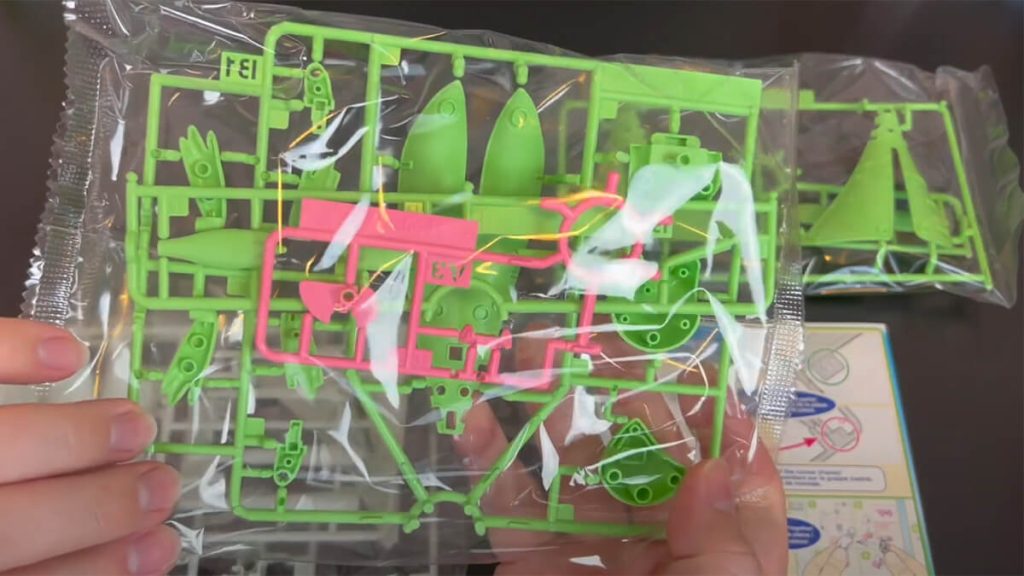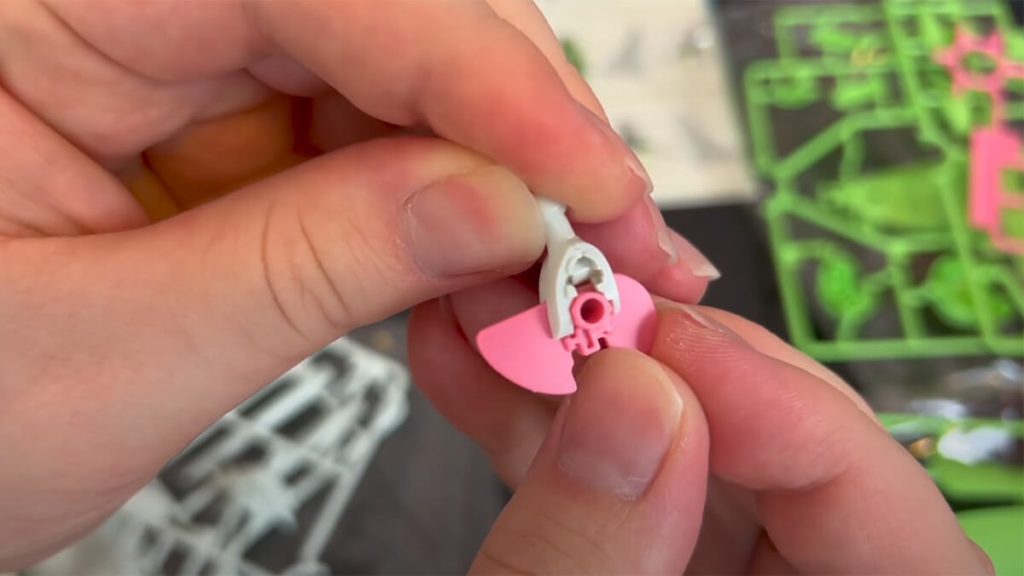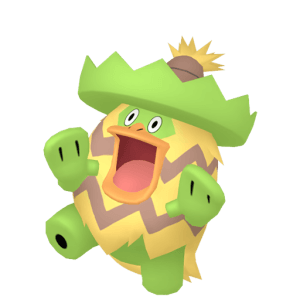Bandai’s Pokémon plastic model kits don’t seem to always get the attention or fanfare of Pokémon figures, based on the engagement rates I see across my tweets, but I wanted to find out what putting one together was like and how good the end product looked. Were they going to look good on a desk or shelf?


Online collectible retailer Entertainment Earth was kind enough to send me two sets, one for Gardevoir and one for Garchomp. You can take a look at their selection of sets at our affiliate link here.
Below I look at both the building aspect and the final result, both in the video and summarized for readers in the article.
Building a Pokémon model kit
One thing that should be pointed out is that Bandai has three different kinds of model kits, the regular ones like both Gardevoir and Garchomp, “quick” ones that feature more simple construction and “big” sets that are larger than normal and also quite a bit more expensive. The construction process shown in the video is a fair representation of the average, normal sets that are not quick or big.




The pieces come in sheets that are designated with a label, such as B1, and the parts themselves are numbered. This makes them fairly easily to find as the instructions clearly label the parts that are required at each step of the build.
Pieces often fit together by force, there didn’t seem to be anything that snapped them into place. I’m assuming that the tight fit of the parts held them together, but nothing felt loose that shouldn’t have.
Building the model itself is probably aimed at fans 8-12. For adult fans who just want a display piece, it should all come together pretty smoothly. If you’re a fan who has kids, it could definitely be a fun parent-child project (as long as the child is old enough that the small pieces would pose a choking risk). If you’re rushing through, construction time may be 10-15 minutes, probably longer if this is your first time building a model kit of any kind.
All Bandai Pokémon kits are no tools, no glue and no paint, so you won’t have to worry about any of that when putting the model together.
The finished model


I was pleasantly surprised with how good both models turned out. As mentioned in the video, the fact that the colored plastic pieces are separate, versus painted plastic, really looks nice. Definitely a nice addition to your collection space, especially if there’s a model kit available for a Pokémon you love.
Some models come with alternate parts for different poses or facial expressions. Gardevoir was one such set and included arms that could change what position they were in. That can be a fun little bonus and may affect how you display them.
I will note that the two models above do have stickers available to place on them, but I’m not a sticker guy and passed on applying them. The video goes over where the sticker placement is, if you’re curious, but the most obvious on both are the eyes.
The only downsides to model kits, to me, seemed to be their lack of weight compared to a standard plastic figure and potential for the plastic nubs that are left over from taking the pieces out of the plastic sheets they come in. To the second point, I think I only had one piece that I thought may benefit from sanding, otherwise Bandai seemed to understand the best way to hide where pieces had separated.
Overall, I’m keeping my eyes out for other model kits that may catch my eye (Gallade when?!) and think these two will look great on my shelf.
Once again, if you’d like to buy one for yourself, you can check them out at Entertainment Earth at our affiliate link here.
What do you think about model kits, Pokémon or otherwise? Do you own any? Let us know about your collection the comments below and don’t forget to join our Discord server!
December Giveaway











